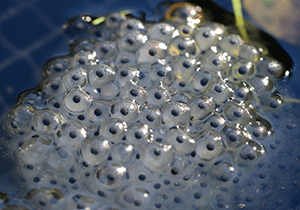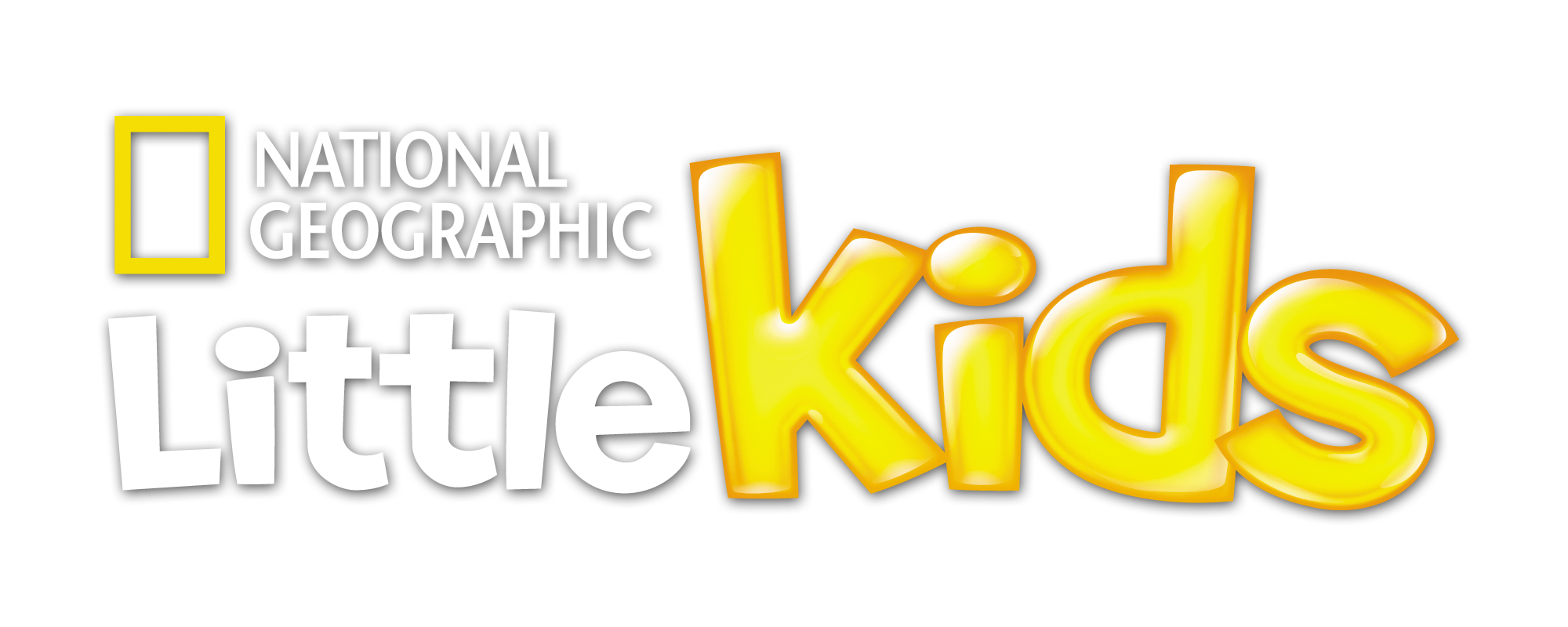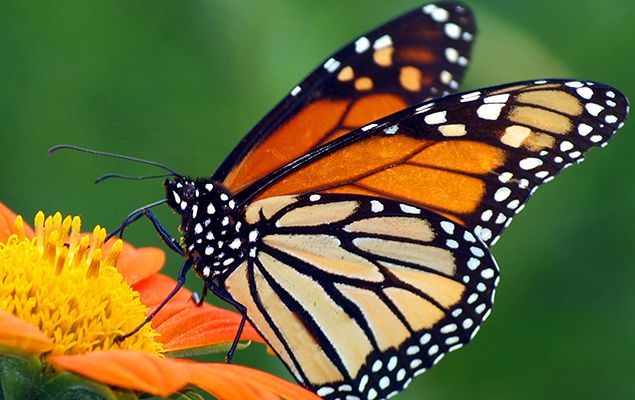The life cycle of flowering plants
Flower power! Discover how flowering plants reproduce…
We all love beautiful flowers. Maybe you enjoy painting pretty pictures of flowers, or perhaps you like to give them to your mum as a special gift on her birthday?! But did you know that the life cycle of a plant plays a super important part in the plant kingdom?

Congratulations! You’ve found the key to unlock vault 13 – click here to find out more.
Plants use flowers to reproduce, in fact. Find out all about the incredible role flowers play below…
The life cycle of a plant
The parts of the flower
If you thought that flowers were just a pretty bunch of colourful petals, then think again! Flowers are actually very complex, made up of different parts that all have important jobs to do.
Inside, they have male and female parts which enable the plant to reproduce. Let’s take a closer look…
Petal: large, brightly coloured petals are used to attract insects
Stamen: the male part of the plant
Anther: produces grains of pollen
Filament: supports the anther
Pistil: the female part of the plant, sometimes called the ‘carpel’
Stigma: collects pollen grains
Style: allows pollen to pass to the ovary
Ovary: produces seeds inside tiny ‘ovules’
Sepal: found outside the petals, the sepal protects the flower when it’s unopened
Receptacle: attaches the flower to the stem of the plant
Pedicel: a stalk that supports a single flower
What is pollination?
The first stage of reproduction in flowering plants is called ‘pollination‘.
But what is pollination? This is when the pollen produced on the the anther of a flower moves to the stigma.
If pollen moves from the anther to the stigma on the same flower (or a flower on the same plant), it is called ‘self-pollination’. If the pollen is transferred from the anther to the stigma on another plant, it’s called ‘cross-pollination’.
How are flowers pollinated?
There are two main ways that flowers are pollinated — by insects and by the wind. Insect pollinated flowers and wind pollinated flowers are adapted differently.
Insect-pollinated flowers: these flowers have brightly coloured petals and are scented with sweet-smelling nectar to attract insects looking for a snack.
The pollen grains are sticky and spiky, so that when the insect enters the flower, they stick stick to its body.
These flowers have sticky stigmas, too, that catch the pollen when the insect brushes past.
Did you know…?
It’s not just insects that pollinate plants — birds and bats do, too!
Wind-pollinated flowers: these flowers are usually a green or dull colour and have no scent, since there is no need to attract insects.
Their anthers are located outside the flowers and produce large amounts of fine pollen for the wind to pick up and transfer to their feathery stigmas.
Fertilsation of flowering plants
Once the pollen grain lands on the stigma of the same species of plant, a pollen tube grows down from the grain, through the style and into the ovary.
Then, male ‘gametes’ (reproductive cells) pass from the pollen grain along the tube to the ovary, where they join with female gametes in the ‘ovules‘. This process is called ‘fertilisation’.
Once an ovule has been fertilised by the pollen, it develops into a seed, containing an embryo (a young root and shoot) and a food store that will allow the young plant to start to grow at a later stage of the life cycle.
The ovary wall then develops into a fruit or a pod to protect the seed.
Did you know…?
The flowers of some plants have just one ovule in their ovary, and so grow fruit with just one seed inside, such as a peach. Others have ovaries containing lots of ovules, and so produce fruit with many seeds, like sweet a kiwi fruit.
Seed dispersal
For the seeds to grow into healthy new plants, they must be ‘dispersed’ or spread away from each other and their parent plant.
This is important, as it means there will be less competition for the sunlight, water and nutrients in the soil that they need to grow big and strong!
But how can the seeds in the fruit be transported to a new spot? Well, there are a few ways, actually…
Animals: lots of plants use their animal buddies to help them spread their seeds. When animals or birds guzzle up the plant’s yummy fruit, the seeds pass through their bodies undigested and pop out in their poop.
Some fruits have little hooks on their skin that attach the fur of passing animals, allowing them to be carried away from the parent plant.
Wind: other plants have specially adapted seeds that are dispersed by the wind. One such plant is the dandelion, which has feathery parachutes attached to its seeds, so they can drift through the air.
Water: many plants that grow in or near water produce light seeds that fall on the water, float and get get carried away.
Exploding pods: there are some plants that are able to spread their seeds all by themselves! They have exploding pods that burst open when ripe, flinging the seeds into the air! Cool, eh?
Seed germination
When a seed settles in suitable ground, it breaks open and the embryo starts to grow. This part of the process is called ‘germination’.
The seed will only germinate, however, if the soil is healthy, warm enough and if there is access to water.
Roots grow down into the ground, taking up water and nutrients, and a shoot grows up through the soil towards the sky.
The shoot will develop into a stem, transporting water and minerals from the roots up to the rest of the plant. The stem will also eventually support leaves to make food for the plant through a process known as photosynthesis*
The plant will continue to grow until it is mature and ready to reproduce again. And what next? You guessed it…the new plant produces beautiful flowers and the cycle starts all over again.
Now, that’s why we say flower power!
Did you enjoy reading about the plant life cycle? Leave a comment below and let us know!
*Photosynthesis is a process where green plants use water, light and carbon dioxide to create their food and release oxygen into the air.
More Like Nature

What is COP26?

Hamza Yassin interview!

Turn your lights out for Earth Hour!


















LEAVE A COMMENT
THANK YOU
Your comment will be checked and approved shortly.
WELL DONE,
YOUR COMMENT
HAS BEEN ADDED!
COMMENTS
nice
The given info is very clear and valuable for me as students to learn about the process of plant life cycle
COOL
So Cool!
Cool
cool
i love natinal geiografics
wow
cool
cool
AMAZING!
D
good information
i dont really like it
It is ok
Epic games
Flowers can poson pepole
it really nice facts!
not bad
awesome
[…] https://www.natgeokids.com/uk/discover/science/nature/the-life-cycle-of-flowering-plants/ […]
Great content and my students gained a lot from the information provided!!
CUSTOMIZE YOUR AVATAR